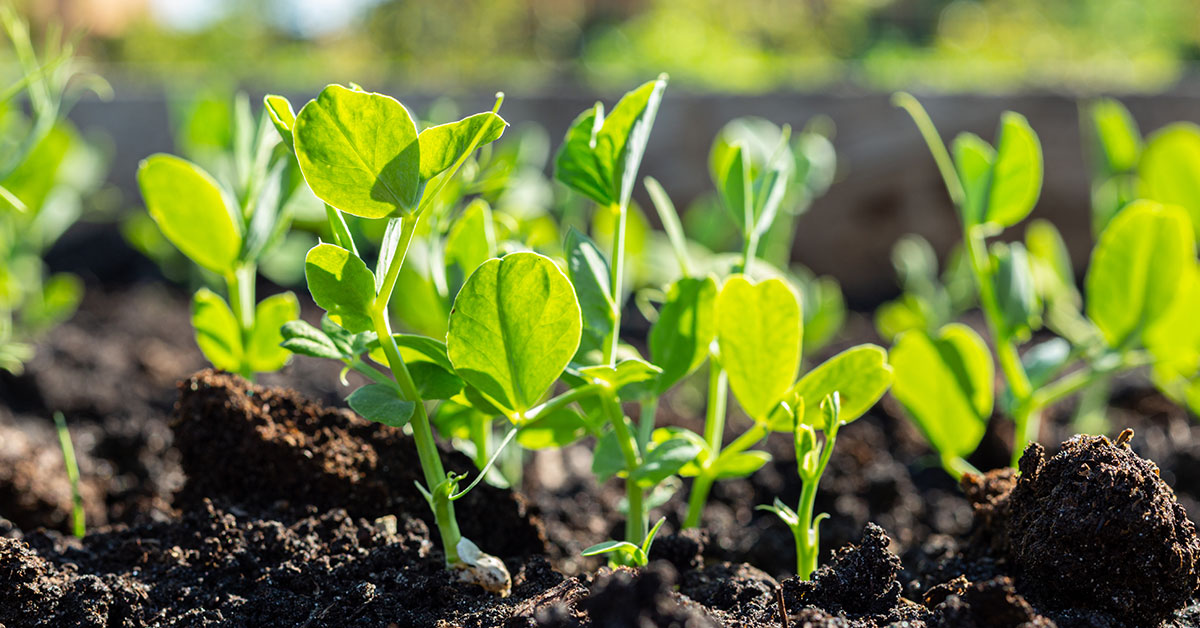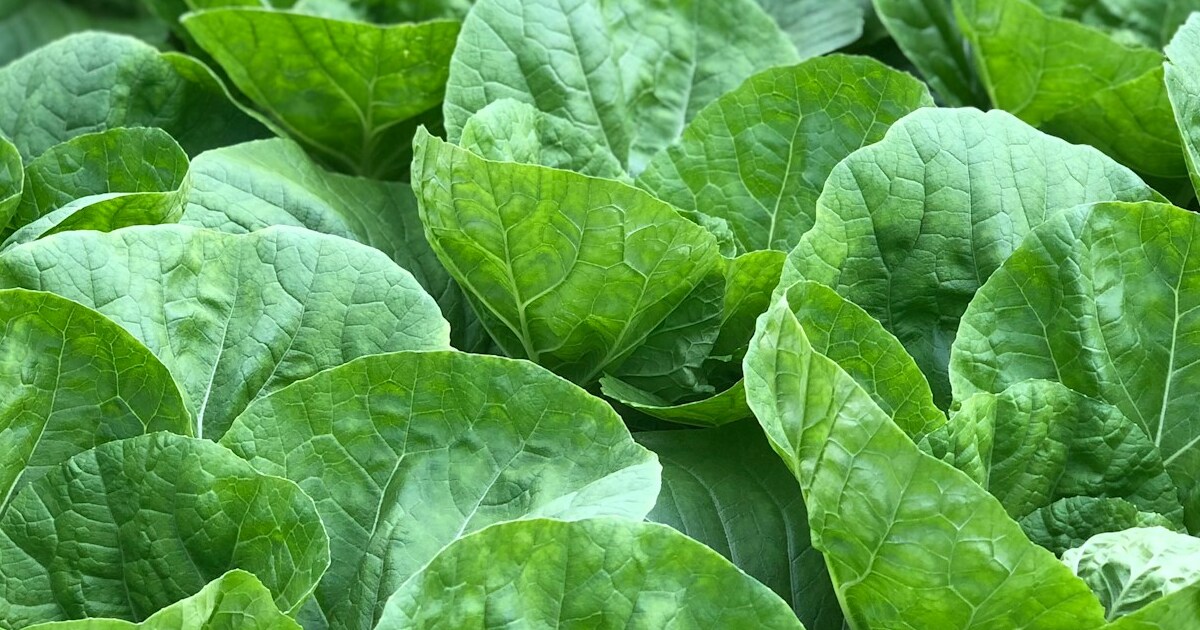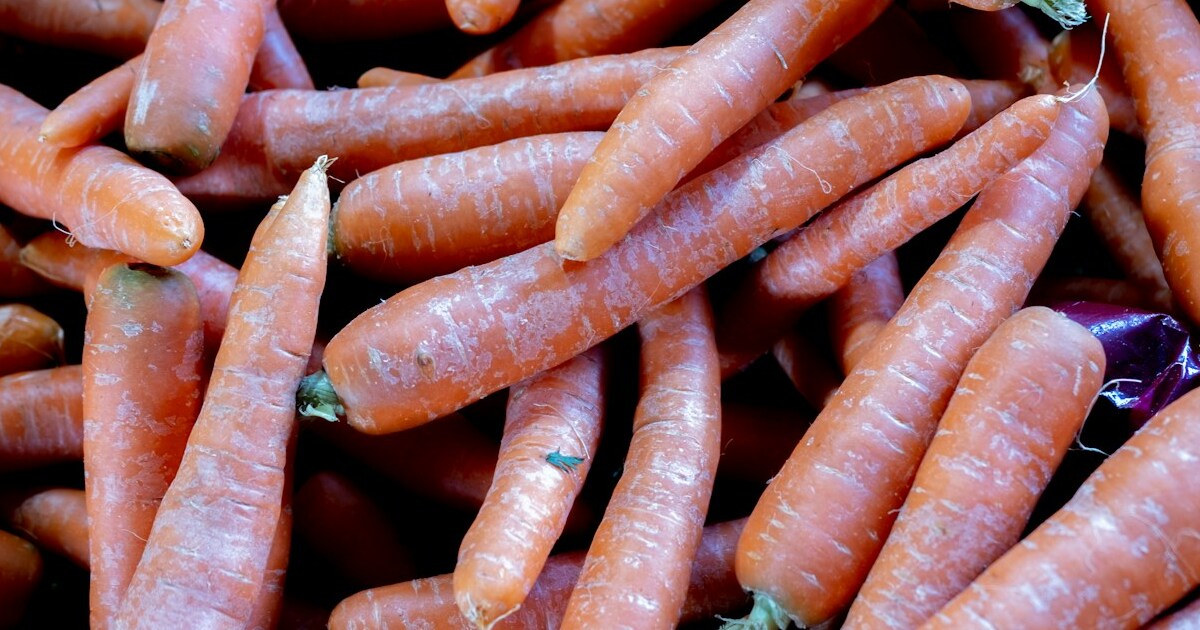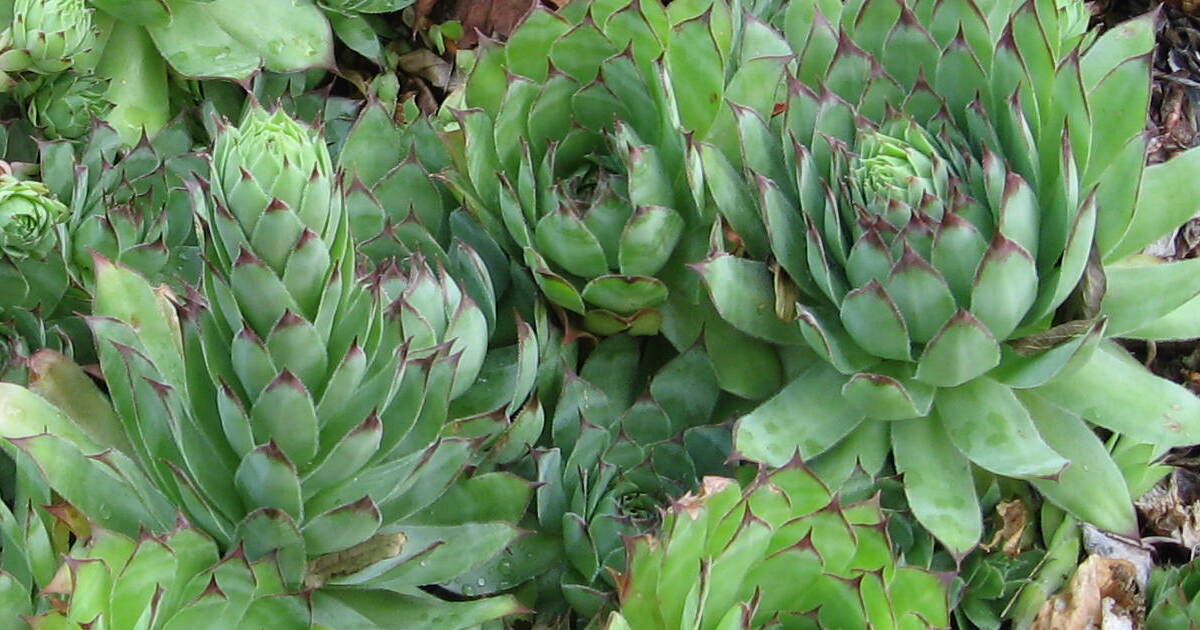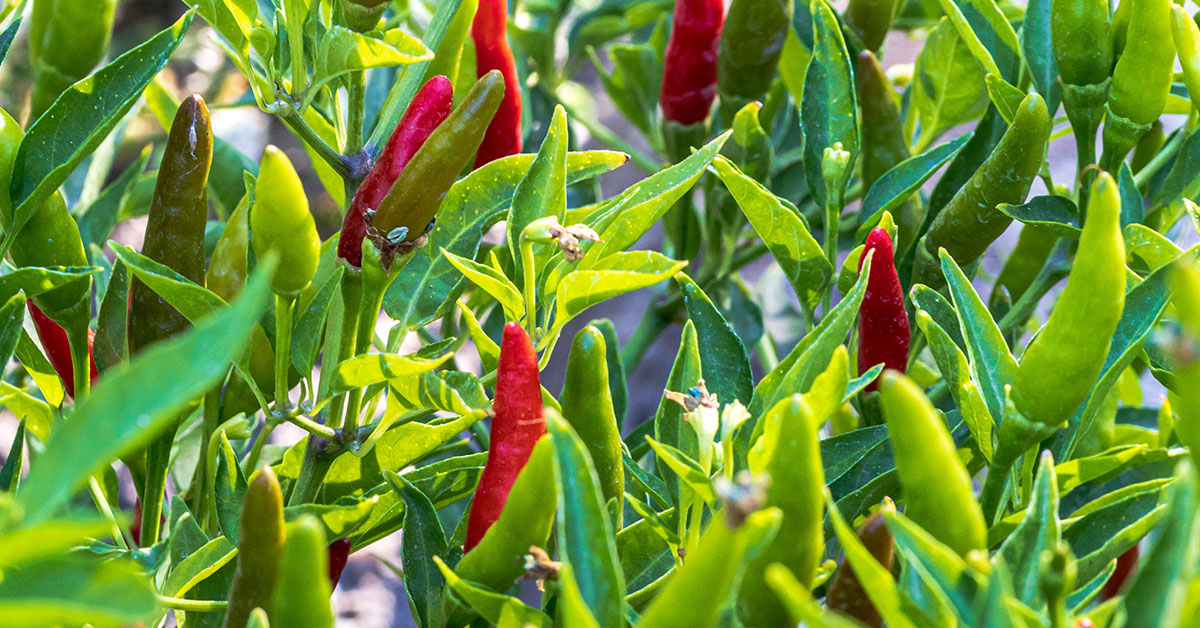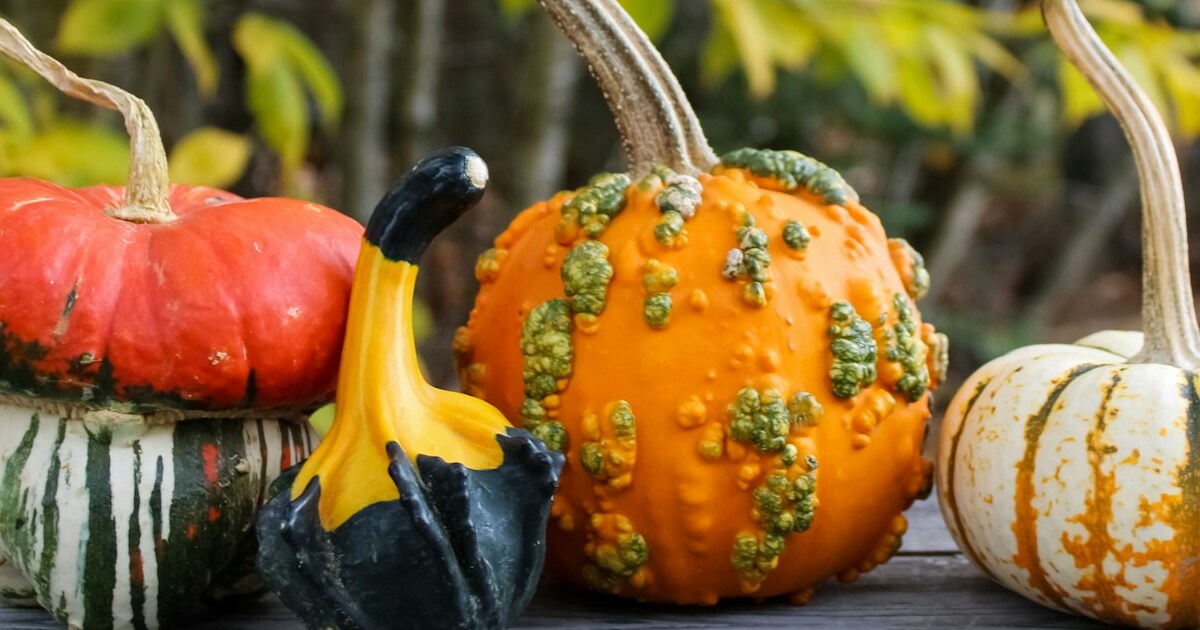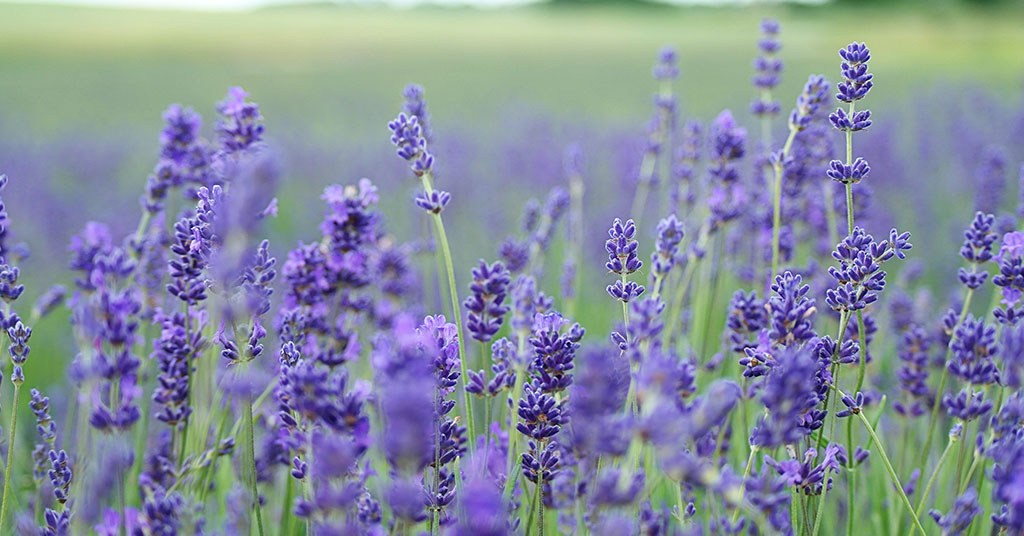Welcome to the wonderful world of growing green peas! Whether you’re a seasoned gardener or just starting out, growing your own green peas can be a rewarding and delicious experience. These versatile legumes are not only packed with nutrients but also add a vibrant touch to any garden.
In this article, we will guide you through the step-by-step process of growing green peas, from selecting the right variety to harvesting your bountiful crop. We’ll cover everything you need to know, including soil preparation, planting techniques, proper care, and common challenges you may encounter along the way. So, roll up your sleeves, grab your gardening tools, and let’s dive into the world of green peas!
What are Green Peas?
Green peas, scientifically known as Pisum sativum, are a popular cool-season vegetable that belongs to the legume family. These small, round, and vibrant green pods are packed with nutrients and are a delightful addition to any garden or plate. Green peas are typically grown as annuals, and they thrive in cool climates with temperatures ranging from 55°F to 75°F (13°C to 24°C). They prefer well-draining soil that is rich in organic matter and slightly acidic to neutral pH levels. When it comes to cultivation, green peas can be sown directly into the garden soil or started indoors and transplanted later.
They require full sun exposure for optimal growth, although they can tolerate partial shade. Before planting, it is advisable to soak the seeds overnight to enhance germination. Plant the seeds about 1 to 2 inches deep and 2 to 4 inches apart, allowing enough space for the plants to spread as they grow. Green peas are climbers, and they require support in the form of trellises, stakes, or fences to help them reach their full potential. As they grow, gently guide the tendrils towards the support structure to prevent them from tangling or falling over.
Regularly watering the plants is crucial, especially during dry spells, as peas have shallow roots and can quickly suffer from drought stress. Harvesting green peas is an exciting and rewarding process. The pods are ready for picking when they are plump, firm, and bright green in color. To avoid damaging the plant, hold the stem with one hand and gently pull the pod with the other. It is important to harvest the pods regularly to encourage continuous production. If left on the plant for too long, the peas inside the pods will become starchy and lose their sweet flavor.
Green peas are not only delicious but also highly nutritious. They are an excellent source of vitamins A, C, and K, as well as dietary fiber and various minerals. They are also rich in antioxidants, which help protect the body against harmful free radicals. Green peas can be enjoyed in a variety of ways, including steamed, sautéed, stir-fried, or added to soups, stews, and salads. They can also be preserved by freezing or canning for year-round enjoyment. In addition to their culinary uses, green peas also offer several benefits to the garden.
They are nitrogen-fixing plants, meaning they have the ability to convert atmospheric nitrogen into a form that can be used by other plants. This makes them excellent companions for nitrogen-demanding crops like tomatoes or corn. Furthermore, the pea plants can be used as a cover crop to improve soil fertility and structure. Overall, green peas are a versatile and rewarding addition to any garden. With proper care and attention, they can provide a bountiful harvest of fresh, sweet pods that are not only delicious but also packed with essential nutrients. Whether enjoyed fresh or preserved, green peas are a delightful and healthy treat that can be enjoyed by gardeners and food enthusiasts alike.
What does a Green Pea taste like?
Green peas have a distinctive flavor profile that is both sweet and slightly earthy. When cooked, they develop a tender texture that adds to their overall appeal. The sweetness of green peas is often compared to that of fresh garden vegetables, making them a delightful addition to many dishes.
One of the key characteristics of green peas is their natural sweetness. This sweetness is more pronounced when the peas are fresh and in season. It provides a pleasant contrast to their slightly earthy undertones. The combination of sweetness and earthiness creates a well-balanced flavor that is both refreshing and satisfying.
The flavor of green peas can vary depending on how they are prepared. When boiled or steamed, they retain their natural sweetness and have a delicate taste. This makes them a great addition to salads or as a side dish. When sautéed or stir-fried, the peas develop a slightly nutty flavor, adding depth to the overall taste.
Green peas also have a subtle grassy note, which adds freshness to their flavor profile. This grassy undertone is more noticeable when the peas are eaten raw or lightly blanched. It is this freshness that makes green peas a popular choice for spring and summer recipes, as they bring a vibrant and lively taste to the table.
In terms of texture, green peas are tender and slightly firm when cooked properly. They should not be mushy or overly soft. This texture enhances the overall eating experience, allowing the peas to retain their shape while still being easy to chew.
Overall, the flavor profile of green peas is a delightful combination of sweetness, earthiness, and freshness. Their natural sweetness, along with a subtle grassy note, creates a well-balanced taste that is both refreshing and satisfying. Whether enjoyed on their own, in salads, or as part of a main dish, green peas bring a burst of flavor to any meal.
How to start Green Peas from seed
To start growing green peas, it’s important to choose the right time and location. Green peas thrive in cool weather, so it’s best to sow the seeds in early spring when the soil temperature reaches around 45°F (7°C). Select a sunny spot in your garden that receives at least 6 hours of direct sunlight each day. Peas also prefer well-draining soil with a pH level between 6 and 7. If your soil is heavy or clayey, consider adding organic matter like compost or aged manure to improve its texture and fertility.
Before sowing the seeds, prepare the soil by removing any weeds or debris. Dig the soil to a depth of about 6 inches (15 cm) and break up any clumps. It’s a good idea to add a balanced fertilizer to provide essential nutrients for the growing peas. Follow the instructions on the fertilizer package for the correct amount to use based on the size of your garden.
Next, sow the pea seeds directly into the prepared soil. Make a furrow about 1 inch (2.5 cm) deep and space the seeds about 2 inches (5 cm) apart. Cover the seeds with soil and gently pat it down to ensure good seed-to-soil contact. Water the area thoroughly, but avoid overwatering as peas don’t like soggy soil.
As the pea plants grow, they will need support to climb. You can use trellises, stakes, or even a simple fence to provide the necessary support. Install the support structure when the plants are about 4 to 6 inches (10 to 15 cm) tall to avoid damaging the roots. As the plants grow, gently guide the tendrils onto the support to help them climb.
Regular watering is crucial for the healthy growth of green peas. Aim to provide about 1 inch (2.5 cm) of water per week, either through rainfall or irrigation. Water deeply and evenly, making sure the soil is moist but not waterlogged. Mulching around the plants can help conserve moisture and suppress weed growth.
To promote better yields, you can apply a side dressing of nitrogen-rich fertilizer when the plants start to flower. This will provide the necessary nutrients for the developing pods. Be careful not to over-fertilize, as excessive nitrogen can result in lush foliage but fewer peas.
Harvesting green peas is a rewarding experience. The pods are ready to be picked when they are plump, bright green, and feel firm. Gently hold the vine with one hand and use the other hand to snap the pod off at the stem. Avoid pulling or twisting the pods, as this can damage the plant. Harvesting regularly encourages the plants to produce more pods, so check your plants every few days during peak harvest time.
Overall, growing green peas requires proper timing, suitable soil conditions, support structures, regular watering, and appropriate fertilization. With these guidelines in mind, you can enjoy a bountiful harvest of delicious and nutritious green peas from your garden.
When to plant Green Peas outdoors
Green peas are cool-season vegetables that thrive in temperatures between 55°F and 70°F (13°C to 21°C). The ideal time to plant green peas depends on your location and the climate in your region. In general, green peas are typically planted in early spring or late winter, as soon as the soil can be worked and is no longer frozen. This is usually around 4 to 6 weeks before the last expected frost date.
If you live in a colder climate with a shorter growing season, it is recommended to start green peas indoors 4 to 6 weeks before the last frost date. This will give them a head start and allow you to transplant them outdoors once the soil has warmed up. However, peas are generally hardy and can tolerate some frost, so they can also be directly sown into the ground as soon as the soil is workable.
In milder climates with longer growing seasons, green peas can be planted directly in the garden in early spring. It is important to ensure that the soil has warmed up sufficiently, as peas prefer cooler temperatures but can be stunted by excessively cold soil. If you are unsure about the soil temperature, you can use a soil thermometer to check before planting.
In some regions with mild winters, green peas can also be planted in the fall for a late winter or early spring harvest. This is known as a fall planting or overwintering. By planting in the fall, the peas will establish roots before going dormant during the winter months. They will then resume growth in early spring, giving you an early harvest.
To summarize, the ideal time to plant green peas is in early spring or late winter, as soon as the soil can be worked and is no longer frozen. This timing may vary depending on your climate and location. Starting seeds indoors or directly sowing into the ground are both viable options, depending on your specific circumstances. Additionally, in milder climates, fall planting can be done for an early spring harvest.
Growing & care guide
Green peas are a delightful addition to any garden, and with proper care, you can enjoy a bountiful harvest. When it comes to planting green peas, it’s essential to choose a sunny location with well-draining soil. Before planting, prepare the soil by removing any weeds and loosening it with a garden fork or tiller. Adding organic matter, such as compost or well-rotted manure, can improve the soil’s fertility and drainage.
When it comes to planting green peas, timing is crucial. They prefer cool weather, so it’s best to sow the seeds in early spring, as soon as the soil can be worked. Plant the seeds about an inch deep and three inches apart, with rows spaced around 18 inches apart. If you’re growing tall varieties, consider providing support like trellises or stakes to help them climb.
Once the green peas start growing, it’s important to keep the soil consistently moist. Water them deeply, providing about an inch of water per week, especially during dry spells. However, be cautious not to overwater, as excessive moisture can lead to root rot. Mulching around the plants can help retain moisture and suppress weed growth, but ensure the mulch is not touching the stems to prevent rotting.
Fertilizing green peas is generally not necessary if you’ve prepared the soil adequately with organic matter. However, if your plants show signs of nutrient deficiency, you can apply a balanced, water-soluble fertilizer. Be cautious not to over-fertilize, as this can result in excessive foliage growth at the expense of pea production.
To ensure a healthy crop, it’s important to monitor for pests and diseases. Common pests that may affect green peas include aphids, caterpillars, and pea weevils. Regularly inspect the plants for any signs of damage and take appropriate measures, such as handpicking pests or using organic insecticides if necessary. Diseases like powdery mildew and root rot can also affect green peas, so ensure proper air circulation and avoid overwatering.
Harvesting green peas at the right time is crucial for their flavor and tenderness. The peas should be plump and filled out, but not overly mature and starchy. Harvesting is typically done when the pods are fully rounded and have a bright green color. Gently hold the vine with one hand and use the other to snap the pods off at the stem. Be careful not to damage the plant while harvesting.
In conclusion, caring for green peas involves providing them with a sunny location, well-draining soil, and consistent moisture. Proper timing for planting, regular watering, and monitoring for pests and diseases are essential. With these best practices, you can enjoy a successful green pea harvest and savor their delicious taste in your favorite dishes.
Harvesting guide
Green peas are a delightful addition to any garden, and knowing when and how to harvest them ensures that you can enjoy their fresh and sweet flavor at its peak. The timing of the harvest is crucial, as picking them too early or too late can affect their taste and texture.
The first step in determining when to harvest green peas is to identify the variety you are growing. Different varieties have different maturity times, so it’s essential to consult the seed packet or plant label for specific information. However, as a general rule, green peas are typically ready for harvest about 60-70 days after planting.
To determine if your green peas are ready for picking, examine the pods. They should be plump and well-filled, with a vibrant green color. Gently squeeze the pods to feel the peas inside; they should be firm and round. If the pods are still flat and the peas are small, it’s an indication that they need more time to mature. On the other hand, if the pods are yellowing or drying out, it means you’ve missed the optimal harvest window.
When harvesting green peas, it’s best to use a pair of sharp garden scissors or pruners. This prevents damage to the plant and ensures a clean cut. Carefully snip the stem just above the pod, taking care not to disturb the neighboring pods or the plant’s structure. Harvesting from the base of the plant and working your way up is a good approach, allowing the remaining pods to continue maturing.
After harvesting, it’s crucial to handle the green peas gently to avoid bruising or damaging them. Place them in a basket or container lined with a damp cloth or paper towel to maintain their freshness. Avoid leaving them in direct sunlight or high temperatures, as this can cause them to deteriorate quickly.
If you have an abundant harvest, green peas can be stored in the refrigerator for up to a week. However, they are best enjoyed immediately after picking when their flavor and sweetness are at their peak. To savor their freshness, consider blanching and freezing any excess peas for later use.
By following these guidelines, you can ensure that your green peas are harvested at the perfect time, resulting in a bountiful and delicious harvest. Enjoy the fruits of your labor and the delightful taste of freshly picked green peas!


